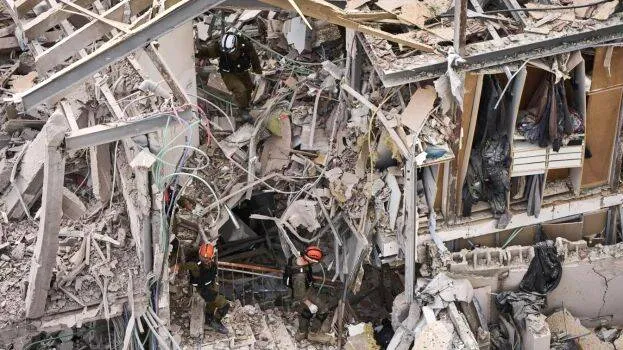

TEL AVIV: Tensions in West Asia have escalated to a critical level following a US airstrike on Iran’s nuclear sites. The offensive, which Iran described as a severe blow, came after Tehran refused to engage in dialogue unless Israel halted its attacks. The US claimed it used massive bunker-buster bombs to destroy three major nuclear sites, including underground facilities, and asserted that Iran’s nuclear capability has been “neutralized.” While heavy damage was reported at all three locations, there were no signs of nuclear radiation leaks, according to initial assessments.
Iran denounced the US strike as a treacherous act and warned of a devastating retaliation. Growing concerns have emerged over possible Iranian attacks on US military bases in the region. Notably, around one-fourth of global oil exports pass through Iran’s maritime territory, which Tehran has now threatened to disrupt.
In response to the US offensive, Iran launched a missile strike on Israel, injuring more than 30 people and causing extensive damage in Tel Aviv and Haifa. Iran also claimed responsibility for attacks on Ben Gurion International Airport, a biological research centre, and several military installations in Israel.
Israeli Prime Minister Benjamin Netanyahu hailed the US action as a bold move that "rewrote history." Meanwhile, UN Secretary-General António Guterres expressed deep concern over the escalating conflict. Several countries, including Saudi Arabia and Oman, criticised the US for its actions.
“An astonishing military success. If Iran refuses peace, it must prepare for more destructive strikes.”
— Donald Trump, US President
Operation Midnight Hammer: 19 hours of flight and 20 minutes of strike
Attack- 4:10 am Sunday Indian time (2:10 am in Iran)
Departure: Saturday, 9:31 am Indian time
Strike at an altitude of 12 km
Tomahawk to destroy Isfahan and Natanz